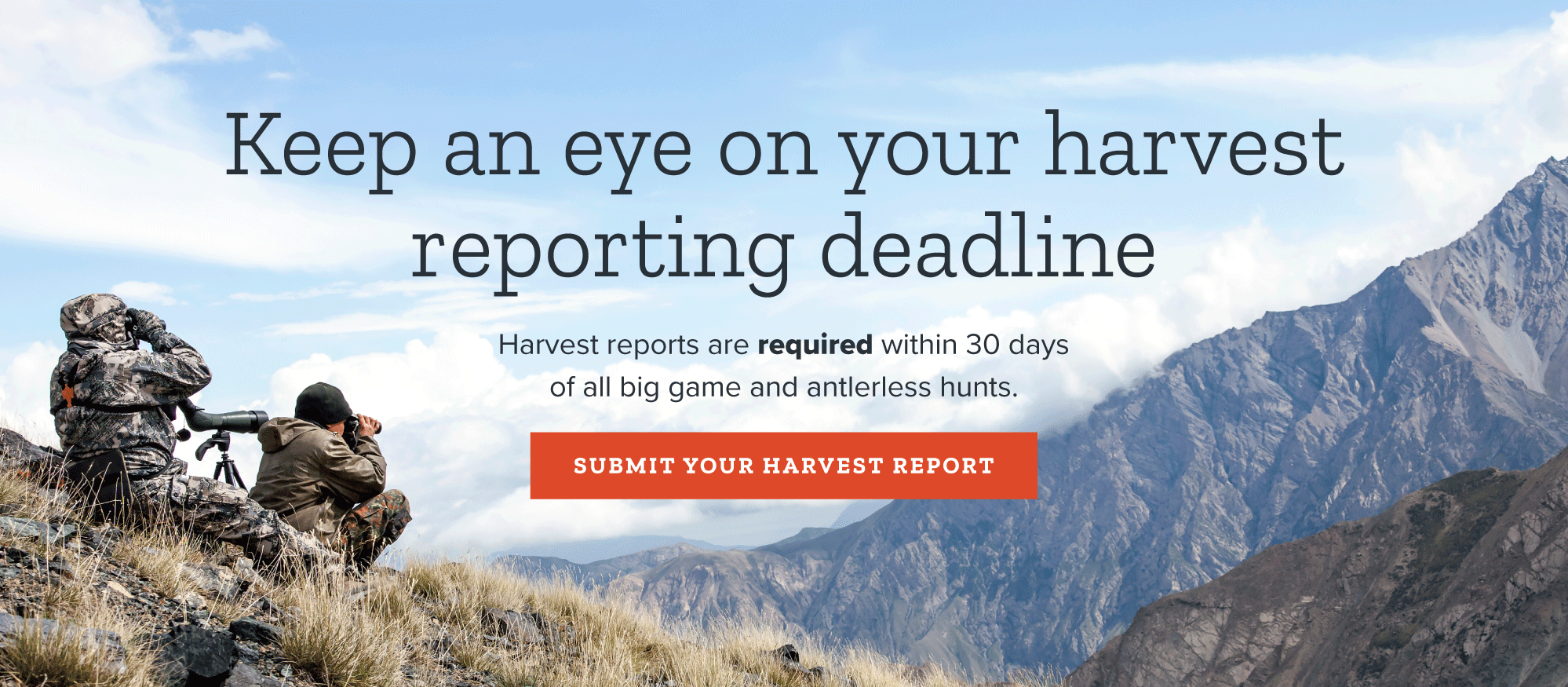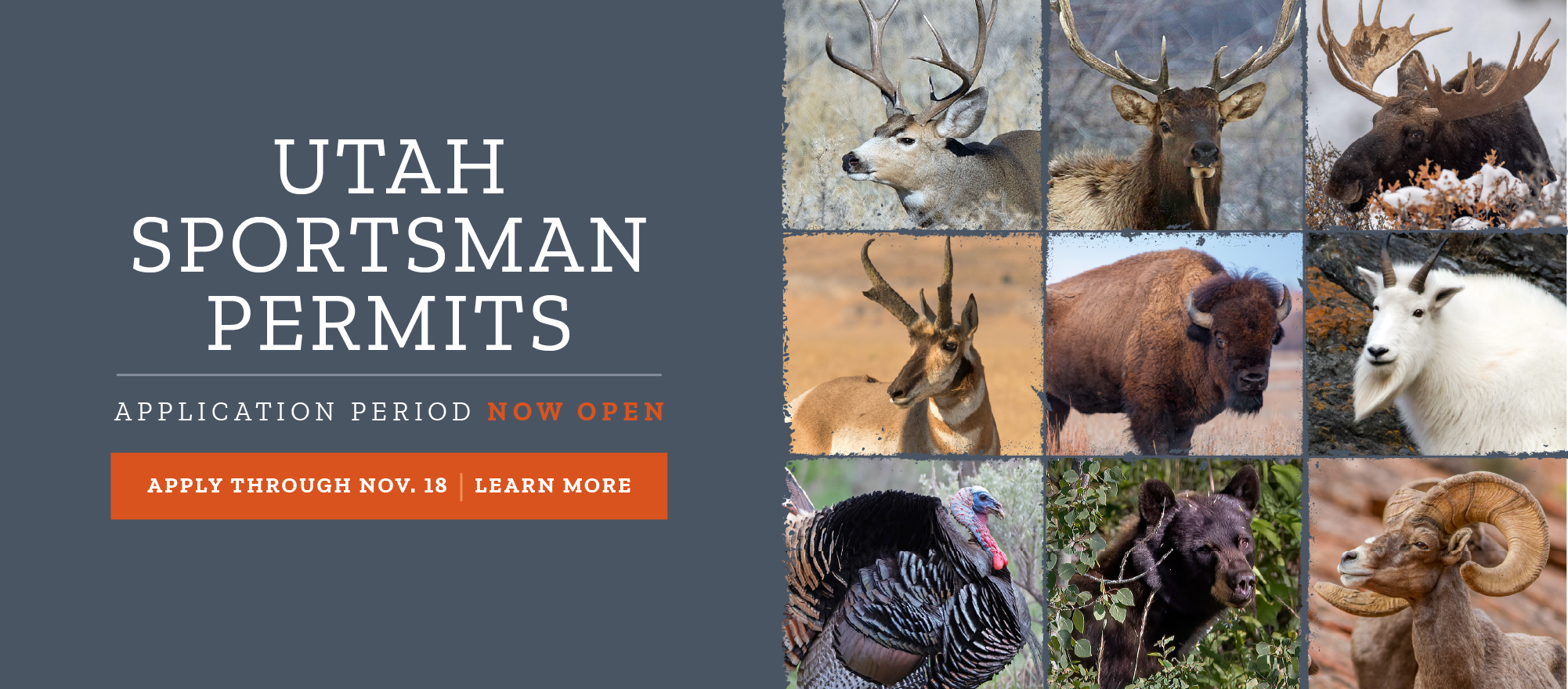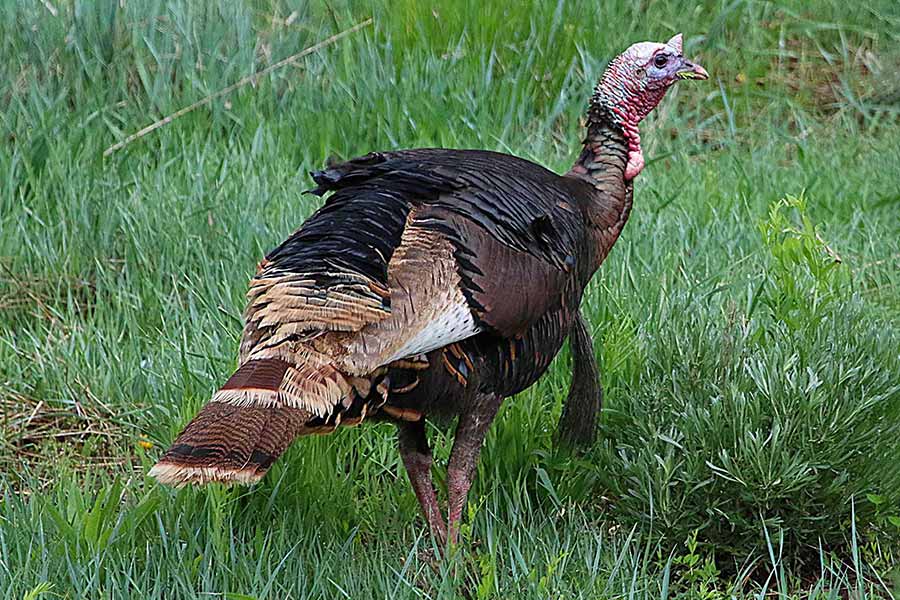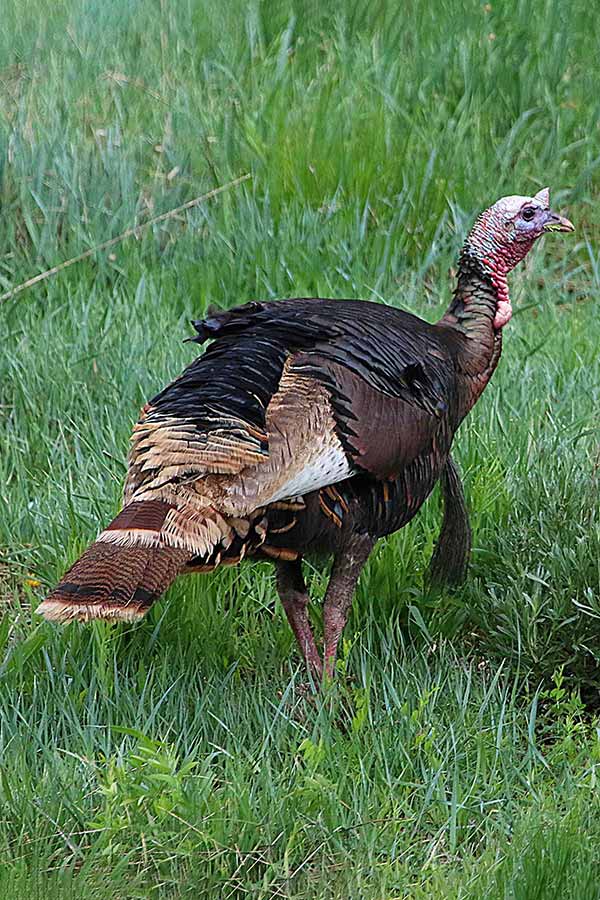What hunters should know for the 2023 Utah spring turkey hunts
Salt Lake City — Utah's spring general-season turkey hunts are about to get underway, and if you like the idea of harvesting your own delicious bird, it's not too late to buy a permit and research an area to hunt.
Utah's youth turkey hunt runs from April 28–30, and the spring general-season turkey hunt runs from May 1–31. Youth can continue hunting during the general-season hunt if they don't harvest during the youth hunt. The limited-entry hunt began April 8 and will end April 27.
Here's what hunters should know about the upcoming general-season and youth hunts:
Utah turkey populations have slightly declined statewide
There are two turkey subspecies that live in Utah: Rio Grande and Merriam's. There are currently between 25,000–30,000 wild turkeys throughout the state.
"Winters with multiple heavy snowstorms that don't freeze over are difficult for turkeys, because soft, deep snowdrifts impede movement," DWR Upland Game Coordinator Heather Talley said. "We are aware that some winter loss has occurred this year, but we don't yet have the data on how this unprecedented winter has impacted populations. This year, it may be a little more difficult to find turkeys due to that winter kill and displacement from their usual ranges this time of year. Our populations have been trending slightly upward for several years, but they declined last year and this year, likely due to drought conditions for multiple years, coupled with the severe winter conditions this year. However, the heavy moisture this year may provide the ideal conditions for brood rearing this summer, which could result in high production and poult survival, producing a boom in the population this coming year."
Where to hunt
Central Utah: Turkey populations in central Utah have seen some winter die off, due to the heavy snowfall this winter. Populations were hit the hardest around the Provo Canyon and Heber City areas. However, there are still some great areas to hunt turkeys in central Utah. Hunters can try targeting areas like Payson Canyon, Spanish Fork Canyon, the Grindstone Ridge area and benches around Utah Valley. In Sanpete County, turkeys can be found in Maple Canyon and along some of the foothills. In Tooele County, hunters can find turkeys in the Martin's Fork area and off Cherry Creek Road. As always, be mindful of property ownership and obtain written permission from landowners in order to hunt on private property.
Southern Utah: Turkey numbers have been low in southern Utah for several years, and populations have declined. However, there were no known turkey die offs during the winter for this part of the state. Turkey hunting on the Panguitch Lake, Mt. Dutton and Paunsaguant areas will be average this year due to the low production over the past four years. Birds will be found in areas with green plants and near streams.
Turkey populations on the Beaver, Pahvant and Oak Creek areas are also lower than four years ago. However, populations are still healthy, and birds can be found in most of the major drainages across these ranges. This year, hunters should expect access to be much more difficult due to lingering snow and mud.
Turkey hunting on the Monroe and Fish Lake areas is only expected to be fair this spring. Turkey hunting in Washington and Iron counties should be better than it has been the last few years, due to good chick production last year. With the delayed spring conditions, there has been a delay in the breeding season as well. Birds may still be gobbling well into the middle of May in these areas.
Turkey numbers have been low on the Boulder/Thousand Lake hunting unit this year. There is some concern that survival may have been poor due to the severe winter conditions. Areas once containing many turkeys have had few to none this year. The hunt may be more difficult this year, due to limited accessibility with lingering snow and low turkey numbers. Turkeys can be found along creeks at lower elevations when spring plants begin to emerge.
Northeastern Utah: Turkey numbers in the northeastern part of the state have decreased a little from previous years, most likely due to the severe drought conditions in Utah that have persisted over the past couple of years. The above-average snowfall this winter — and how long the snow has lasted — has pushed most turkeys onto private property across the south slope of the Uintas.
Hunters should target the corridors along the Duchesne River, the Green River and the Ashley Creek drainage, which should all be good areas to hunt turkeys this year. Lower agricultural areas should also have good turkey hunting, but many of these areas are private property, so hunters will need to get written permission from landowners before hunting. There are also pockets of turkeys throughout much of the Book Cliffs area and in the middle and lower areas of several major drainages across the northern and southern slopes of the Uinta Mountains.
Northern Utah: Many turkeys can be found on private property around Morgan, Croydon, Huntsville, Eden and Mountain Green, but hunters must get written permission from the landowner to hunt on private properties. Turkeys can also be found on public land in Cache Valley (including Blacksmith Fork Canyon), the Richmond Wildlife Management Area (along Cherry Creek), the Wellsville Range above Wellsville and Mendon, and Walk-in Access areas around Clarkston.
Expect to see fewer turkeys in Cache, Weber, Morgan and Summit counties as the severe winter has resulted in higher-than-normal mortality rates. Turkey numbers are better in Box Elder County than the rest of northern Utah because the winter was less severe there than in other counties. In Box Elder County, there are turkeys on the Raft River Mountains near Clear Creek, One Mile Creek, Johnson Creek and Wildcat Creek. There are also turkeys on the Pilot Mountain Range.
Southeastern Utah: Turkey populations have declined across southeastern Utah as a result of persistent drought conditions over the past several years. Heavy snow during this past winter likely decreased survival slightly, as well. However, snow conditions were not as extreme as in northern Utah. While exact population numbers are difficult to estimate, data suggests there are around 500 to 1,000 turkeys in southeastern Utah. Hunters can find Merriam's turkeys in the La Sal and Abajo mountains in ponderosa pine tree habitats; however, this year, access will be very difficult in these mid- and-upper elevation habitats due to persistent snow and mud. Plan to hunt at lower elevations than usual when hunting Merriam's turkeys.
Popular areas to find Rio Grande turkeys in this part of the state include along the Colorado and Green rivers, as well as many of their tributaries. These tributaries include the San Rafael River, Price River, Range Creek, Gordon Creek, Huntington Creek, Ferron Creek and Muddy Creek, and many drainages along the southern portion of the Book Cliffs. There is also a sizable turkey population along the Fremont River, between Hanksville and Caineville. Be aware that much of the good Rio Grande turkey habitat in this part of the state occurs on private lands with isolated areas of public land. Hunters should secure written permission prior to hunting on private lands. There are also several Walk-in Access properties in the Hanksville/Caineville area that can provide some public access to private lands.
General tips
Rio Grande turkeys are usually found at lower elevations. River bottoms dotted with cottonwood trees and areas containing mostly oak and pinyon-juniper woodlands are some of their favorite spots. Merriam's turkeys, on the other hand, are typically found in ponderosa pine forests at higher elevations.
If you're planning to hunt, try to get out and scout a few days before your hunt begins. Becoming familiar with the area and locating where the turkeys are is key to a successful hunt. You should spend time observing the turkeys' daily patterns so that during the hunt, you can set up in an area where the birds will be active. Typically, more turkeys are harvested between 10 a.m. and 2 p.m. than during any other time of day.
"Turkeys are often found on private property, so be aware of the land ownership in the area you're hunting and remember that you must get written permission from the landowner before you can hunt on their property," Talley said. "Also, calls and decoys can greatly increase your success, so take time to practice with those beforehand. And lastly, turkeys have incredible eyesight, so be sure to wear good camo and sit very still."
Buying a turkey permit
Permits for Utah's statewide spring general-season turkey hunt went on sale on March 2. You can buy a permit for the statewide general season anytime before the hunt ends on May 31. General-season permits are available on the DWR website or at a variety of license agent locations and DWR offices.
For more information on season dates and permits, check the 2022–23 Utah Upland Game & Turkey Guidebook. For information on legal weapon types, see page 23 in the guidebook, and note that rimfire firearms are not legal for the spring turkey seasons. The free guidebook is available on the DWR website or at hunting license agent locations and DWR offices.




















